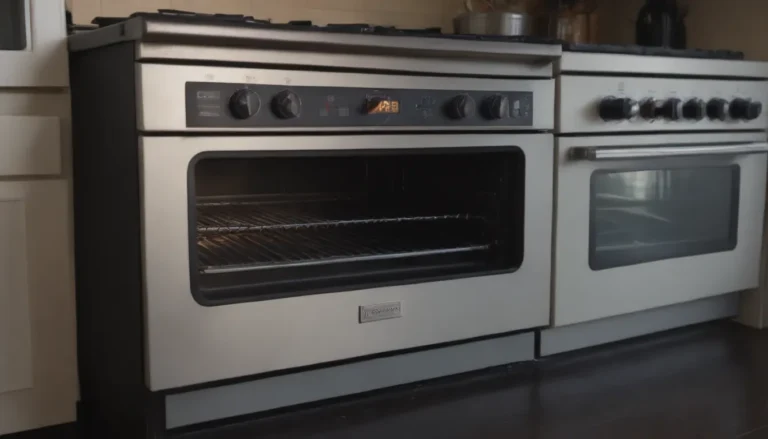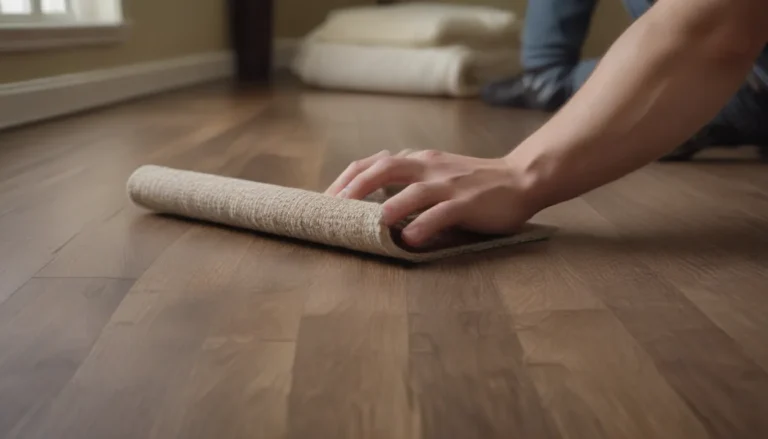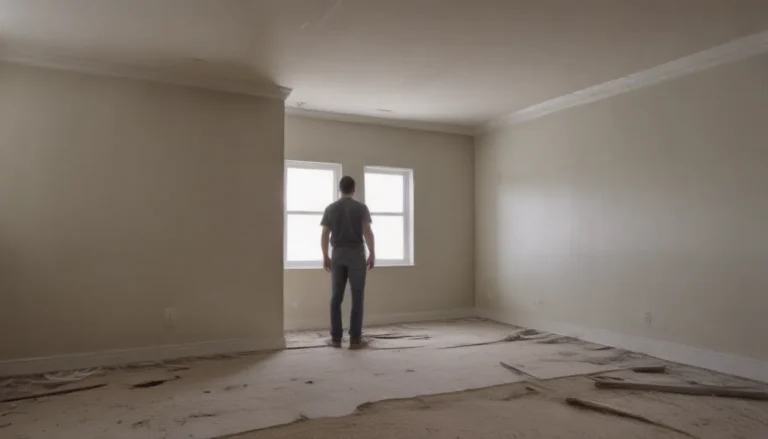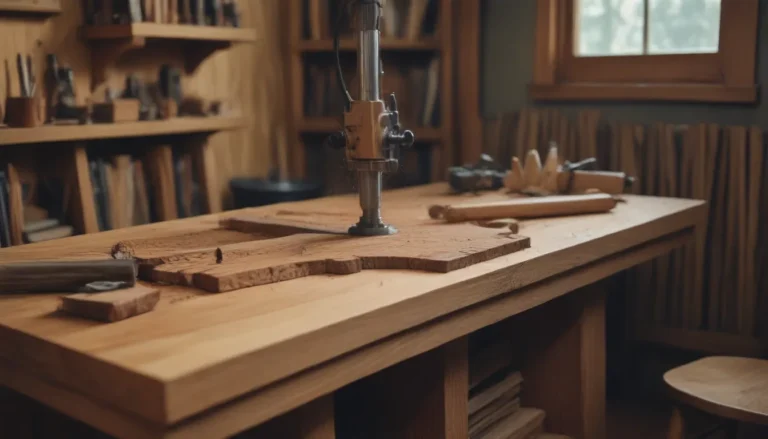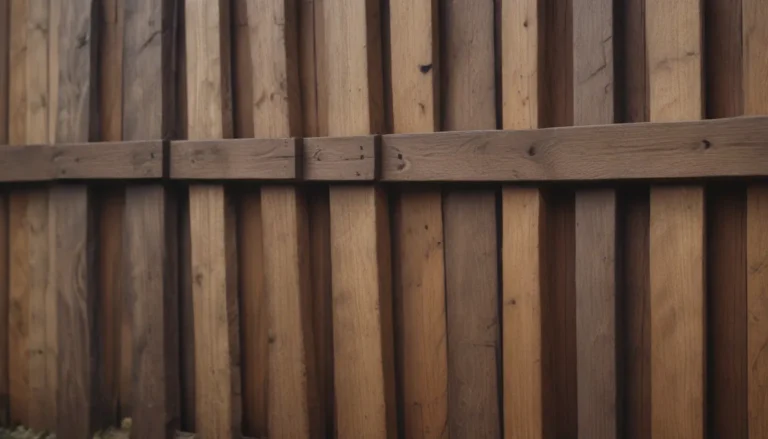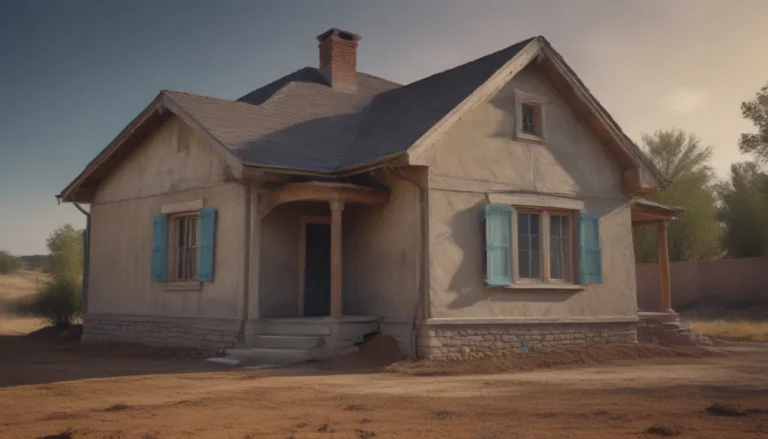Everything You Need to Know About Roof Replacement

Roof replacement is a significant home repair project that should not be taken lightly. A well-maintained roof is crucial in protecting your home from water damage, which can wreak havoc on everything from your attic to your basement. If you suspect that your roof is nearing the end of its lifespan, it’s essential to understand the basics of roof replacement before seeking estimates from roofing contractors.
Signs You Need a New Roof
There are several key indicators that suggest it may be time for a roof replacement. Keep an eye out for the following signs:
- Curling shingles:
- Gutter granules:
- Cracked shingles:
- Old age:
- Attic light:
If you notice any of these signs, it’s important to have your roof inspected by a professional to determine the extent of the damage and whether a replacement is necessary.
Roof Replacement Cost
The cost of replacing a roof can vary depending on several factors, including the roofing materials, contractor fees, roof pitch, and the square footage of your roof. Different materials can impact the overall cost of the project:
- Asphalt composition shingles:
- Wood shakes or shingles:
- Metal roofing:
- Slate roofing:
- Composition slate:
- Clay or ceramic tile:
On average, a roof replacement can cost anywhere from $4 to $11 per square foot, depending on the materials used and the extent of the project. Keep in mind that a full roof replacement will be more expensive than a partial replacement, as it involves removing all existing materials and installing new ones.
Full vs. Partial Roof Replacement Costs
Deciding between a full or partial roof replacement will impact the overall cost of the project. A partial replacement, where only damaged sections are replaced, is typically less expensive than a full replacement, which involves replacing the entire roof. Consider the pros and cons of each option before making a decision.
Cost to Replace Roofing vs. Repair
In some cases, a roof repair may be sufficient to address minor issues and prolong the lifespan of your roof. However, a repair is not always a long-term solution, and a replacement may be necessary in the near future. Compare the costs of repairs versus a full replacement to determine the most cost-effective option in the long run.
Additional Costs to Consider
In addition to labor and materials, there are other costs to consider when budgeting for a roof replacement. These may include permit fees, roof inspection, expedited services for emergencies, and any additional damage found during the project. Be sure to account for these additional costs when planning your budget.
The Basic Roofing Materials
When choosing roofing materials for your replacement, consider factors such as the climate in your area, your budget, and the architectural style of your home. Some common roofing materials include:
- Asphalt composition shingles:
- Wood shakes or shingles:
- Metal roofing:
- Slate roofing:
- Composition slate:
- Clay or ceramic tile:
Each material has its own lifespan and maintenance requirements, so choose one that best suits your needs and budget.
Tear Off or Second Layer?
In the past, it was common practice to lay a new shingle roof over an existing layer. However, many jurisdictions now require a complete tear-off of the old roofing before installing new materials. Consider the benefits and drawbacks of laying a second layer of shingles versus a complete tear-off before starting your project.
When to Get a Roof Replacement
While the optimal time for roofing projects is typically during late spring to early fall, skilled crews can work during off-season periods as well. Hiring a professional roofing team during the off-season may result in lower prices due to decreased demand for labor. Be sure to plan your project accordingly to take advantage of potential cost savings.
Understand the Roofing Process
Familiarize yourself with the process of replacing a roof to make informed decisions when hiring a roofing contractor. The typical steps involved in a roof replacement project include:
- Removing existing shingles:
- Making minor repairs:
- Installing ice dam protection:
- Laying down roofing paper:
- Applying metal drip edging:
- Adding flashing:
- Installing shingles and venting:
- Completing cleanup:
Understanding these steps will help you communicate effectively with your roofing team and ensure the project goes smoothly.
DIY Roof Replacement vs. Hiring a Professional
While some homeowners may consider taking on a roof replacement as a DIY project, it is generally recommended to hire a professional roofer. Roofing is a hazardous job that requires specialized knowledge and equipment, and DIYers may overlook critical issues that could lead to future problems. Hiring a professional ensures that the job is done correctly and safely.
Important Warning
There are significant safety risks associated with roof repair and replacement, and DIY work should only be undertaken by those with the necessary expertise. Roofing accidents can result in severe injuries and fatalities, so it’s crucial to prioritize safety when considering a DIY project.
In conclusion, a roof replacement is a significant investment in your home’s long-term health and safety. By understanding the signs that indicate a need for replacement, estimating costs, selecting the right materials, and hiring a professional roofing team, you can ensure that your roof replacement project is a success. Remember to prioritize safety and quality throughout the process to protect your home for years to come.
